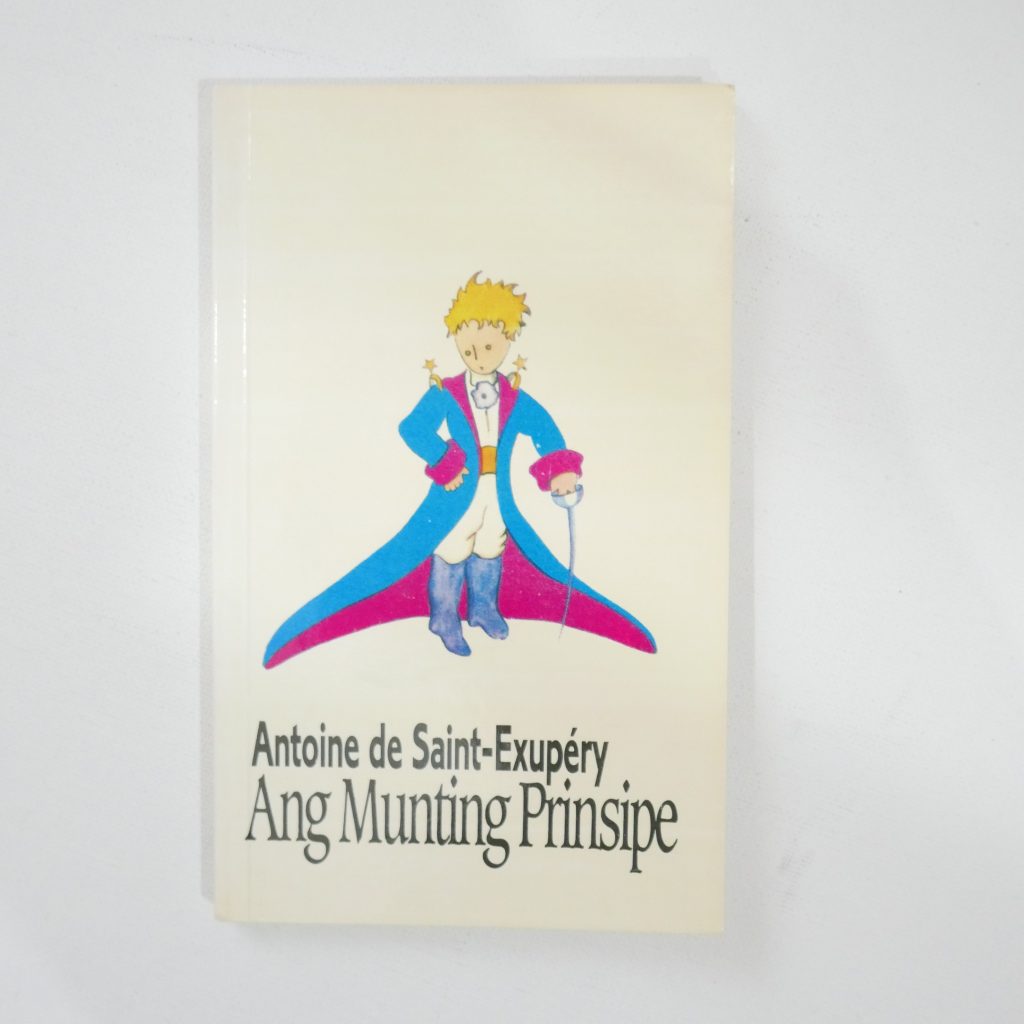
Ang Munting Prinsipe — in Tagalog.
The Tagalog language, also known by its standardised form as Filipino, is an Austronesian language primarily spoken in the Philippines. It is the first language of the Tagalog people, who predominantly live in Central and Southern Luzon, and serves as the basis for the Filipino language, which is the official national language of the Philippines alongside English.
Tagalog has its roots in the Austronesian language family, which includes languages spoken across the Pacific Ocean, from Madagascar to Easter Island, and from New Zealand to Taiwan. The earliest written records of Tagalog are from the 16th century, in the form of the Laguna Copperplate Inscription, dating back to 900 AD. The arrival of Spanish colonizers in the late 16th century introduced many Spanish loanwords into the Tagalog vocabulary, alongside the adoption of the Latin alphabet for writing the language.
Tagalog has a relatively simple phonological system, with around five vowel sounds and 18 consonant sounds. Stress and glottal stops play an important role in distinguishing word meanings. Tagalog grammar is characterised by verb-subject-object (VSO) word order, though variations can occur due to topicalisation. It utilises affixes to indicate tense, aspect, mood, and focus, with focus referring to the grammatical marking of the role of the noun in the sentence (e.g., actor, object, location).
The Tagalog lexicon has been significantly influenced by Spanish, with numerous loanwords incorporated into everyday usage. It also includes borrowings from English, Malay, Sanskrit, Arabic, and Chinese, reflecting the Philippines’ rich history of trade and cultural exchange.
In the 20th century, efforts were made to develop a national language for the Philippines. In 1937, Tagalog was chosen as the basis for this national language, which was later named Filipino. Filipino is intended to be a standard version of Tagalog that incorporates words from other Philippine languages and is spoken across the country as a second language, promoting national unity and identity.
Today, Tagalog/Filipino is spoken by millions as a first or second language. It is taught in schools throughout the Philippines, used in official government documents, and is the language of major media outlets. Despite the linguistic diversity of the Philippines, which includes over 170 languages, Tagalog/Filipino serves as a lingua franca that unites the country’s various regions and ethnic groups.


